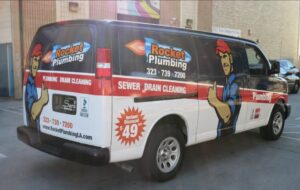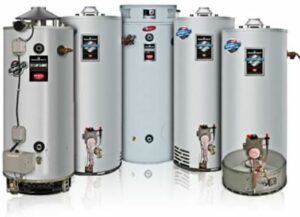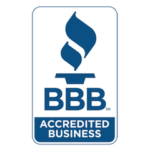Rocket Plumbing Los Angeles
Location: Los Angeles, CA 90064
Phone: (310) 620-1675
Email: [email protected]
Service Areas:
- Los Angeles
- Beverly Hills
- Culver City
- Santa Monica
- West Los Angeles
- Inglewood
Service Area > Beverly Hills
We have been getting questions lately about our service area, and this one pops up quite alot.
“Do you serve Beverly Hills?”
For sure, we do. Don’t hesitate to call Rocket Plumbing if your home or office in the Beverly Hills and surrounding areas needs a clogged drain, sewer drain rootering or hydro jetting, or just need your water heater checked.
It shouldn’t be any surprise to see Rocket Plumbing trucks driving thru the 90210. Even the Rodeo Drive shopping district sometimes needs a plumber. This little area, population of 34,109, got it’s major start in our country based on something we plumbers in Brentwood have to manage every day… water.

In Beverly Hills, where excellence is expected in every aspect, Rocket Plumbing LA stands out as your trusted provider of premium plumbing services. Whether you own a commercial establishment or a residential property, our team of experts is committed to delivering unparalleled quality and reliability. From drain and sewer cleaning to water heater installation and pipe repairs, we have the expertise to handle all your plumbing needs with precision and professionalism.
Your drains and sewers play a crucial role in keeping your property running smoothly. Our specialized drain and sewer cleaning services in Beverly Hills ensure that your plumbing systems remain free from clogs and blockages. With a focus on efficient solutions and customer satisfaction, we provide thorough cleaning services at competitive prices. Say goodbye to plumbing headaches and hello to seamless functionality with Rocket Plumbing LA.
Luxury living in Beverly Hills includes the comfort of hot water whenever you need it. Our water heater installation services are designed to meet your high standards, providing reliable and consistent hot water supply. Our licensed professionals use top-quality products and ensure a seamless installation process, giving you peace of mind and uninterrupted comfort. Experience luxury at its best with our water heater solutions.
A burst or leaky pipe can disrupt the luxury of your Beverly Hills property. Our pipe repair services offer a swift response to preserve the elegance and functionality of your space. Our licensed team members are trained to handle emergencies with efficiency and care, using premium products for durable repairs. Trust us to maintain the integrity of your plumbing systems and protect your investment in luxury living.
Quality Work

5 stars all the way!


Professionalism & Customer Service


